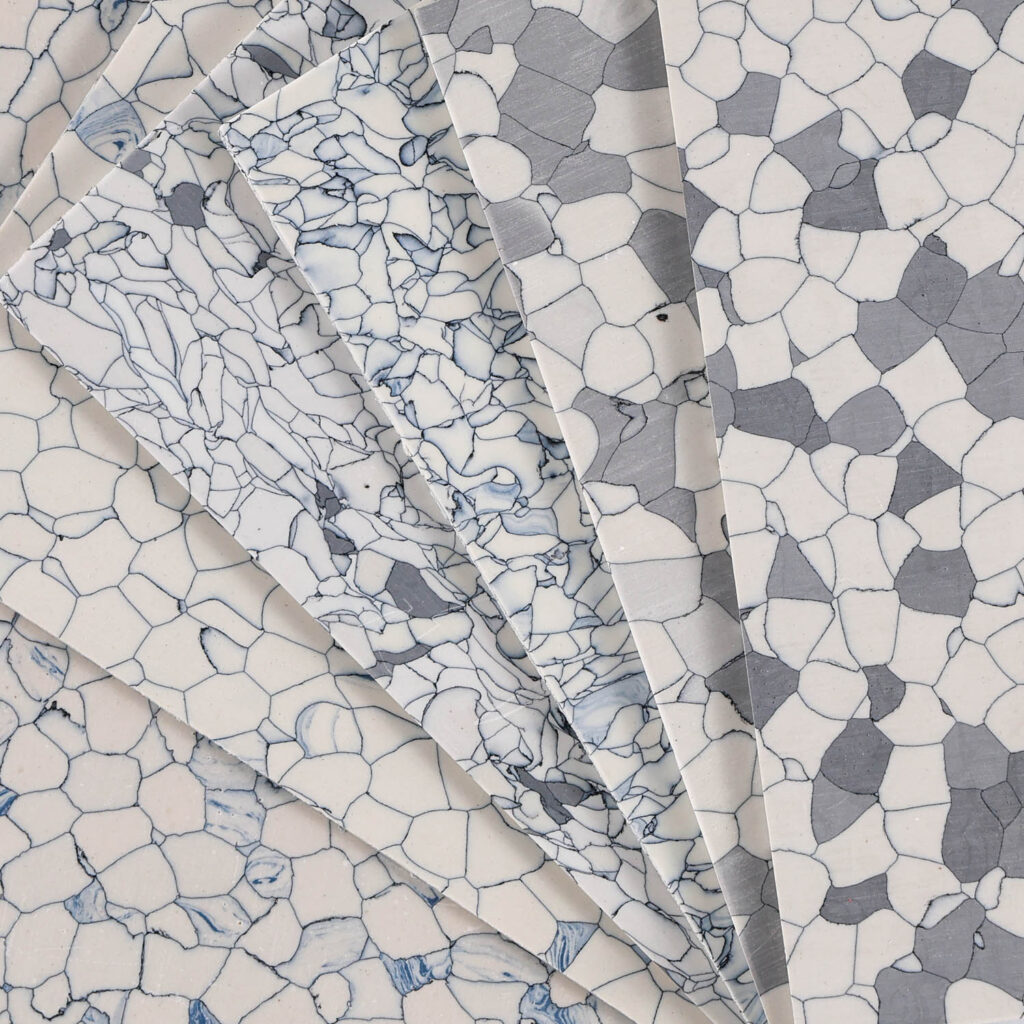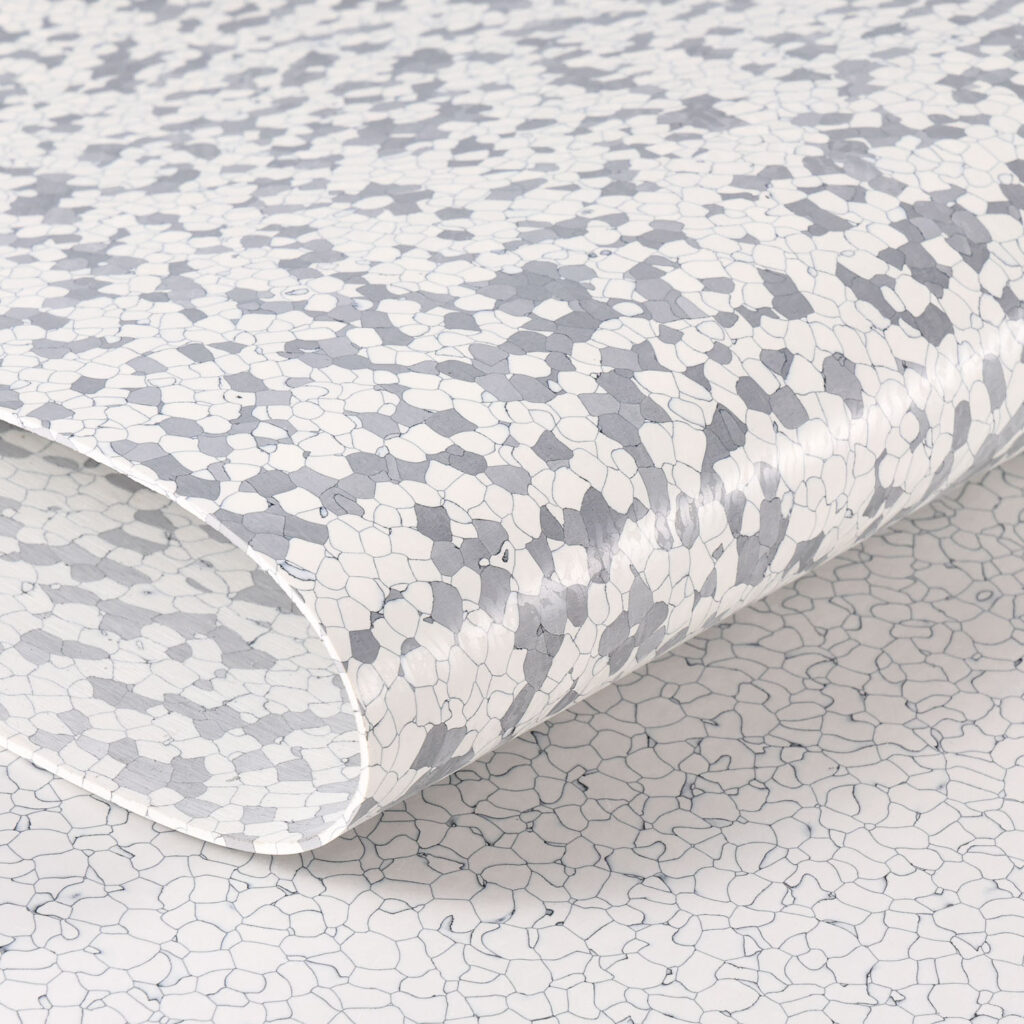Static-dissipative and static conductive PVC flooring are two types of ESD control flooring used in environments where managing static electricity is crucial.
Electrical Resistance
Static-Dissipative vinyl Flooring: Offers moderate electrical resistance, typically between 1 megohm (1×10^6 ohms) and 1 gigohm (1×10^9 ohms).
It slows down the flow of electricity, allowing it to dissipate static charges safely without creating sparks or discharges.
Conductive vinyl Flooring: Has lower electrical resistance, usually between 10 kiloohms (1×10^4 ohms) and 1 megohm (1×10^6 ohms).
This allows static charges to flow more quickly to the ground, making it suitable for environments where rapid dissipation of static electricity is needed.
Typical Applications


Static-Dissipative PVC tiles: Commonly used in areas where sensitive electronic components are handled, such as electronics assembly lines, server rooms, or laboratories.
It provides a balanced level of static protection, preventing damage to equipment while being safer for people.
Conductive PVC tiles: Ideal for areas with very sensitive electronic equipment or explosives, like cleanrooms, military facilities, or semiconductor manufacturing.
The lower resistance ensures that even the smallest static charges are quickly grounded.
Choosing between Static-dissipative and static conductive tiles depends on the level of static control needed, the equipment used, and environmental conditions.

